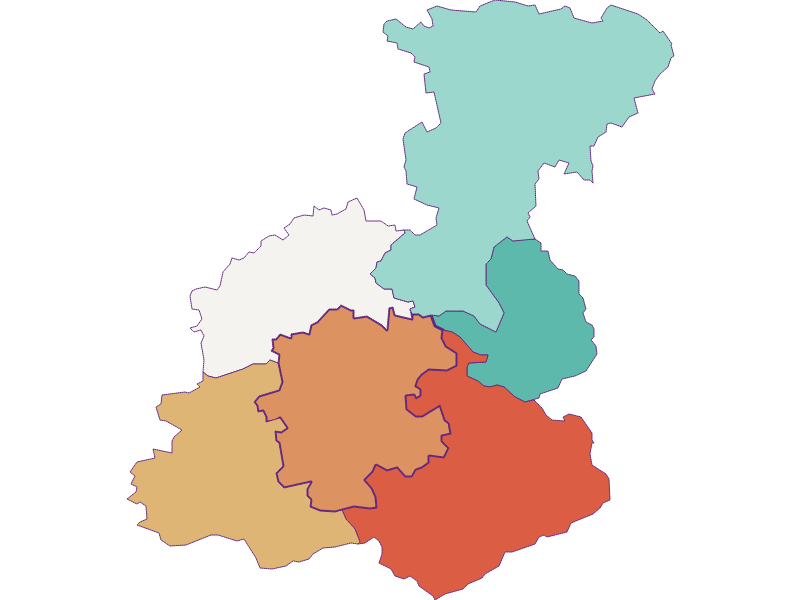-
Population trends are defined as the development of the population in a geographical unit over a given period. Population trends are informative from a historical, economic and sociological point of view, as they are a cross-sectional indicator resulting from a wide range of other developments.
-
Similio offers numerous Population since 1869 comparisons with interactive maps. There is a separate map for each Austrian municipality. Further maps for Population since 1869 are available at the level of political districts, landscapes, regions and at the level of federal provinces.
-
Keywords on Population since 1869:
rural exodus, emigration, immigration, urbanisation, suburbanisation, bacon belt, history, development, population, inhabitants, city, country, growth, decline, village death, suburbanisation, economy, jobs.
Population development since 1869

Population since 1869: Description
1869-2018 in Stössing
Sine 1869, the population development in Stössing has been -13,00%. The population development of the neighbouring municipalities is shown in the table of neighbouring municipalities.
Population since 1869 in Neighboring municipalities
- Population since 1869 in Brand Laaben : -26,00%
- Population since 1869 in Michelbach : -2,00%
- Population since 1869 in Kasten : +43,00%
- Population since 1869 in Neulengbach : +108,00%
- Population since 1869 in Neustift Innermanzing : +168,00%
Stössing: Main postcode (ZIP code): 3073
Additional ZIP Code(s): 3074
Towns & cadastral municipalities: Stössing, Bonnleiten, Hochgschaid, Stössing, Buchbach, Bonnleiten, Hendelgraben, Hochstraß, Dachsbach, Hof, Sonnleiten, Freiling.

Living
- Urbanity : 2
- Prop. price : 58,90€
- Settlement : 1,26
- Household size : 2,61
- Sec. residences : 32%

Population
- Density : 30,46 People/km²
- Since 1869 : -13,00%
- Since 1900 : -22,00%
- Since 2011 : +9,00%
- General elections

People
- Youth : 15,80%
- Seniors : 17,70%
- Sec. education : 65,70%
- Ter. education : 8,50%
- Foreigners : 9,30%

Work
- Unemployment : 4,00%
- Activity rate : 74,70%
- Commuter : 63,50%
- Farmers(Federal) : 258,81%
- Farmers(Austria) : 414,78%


